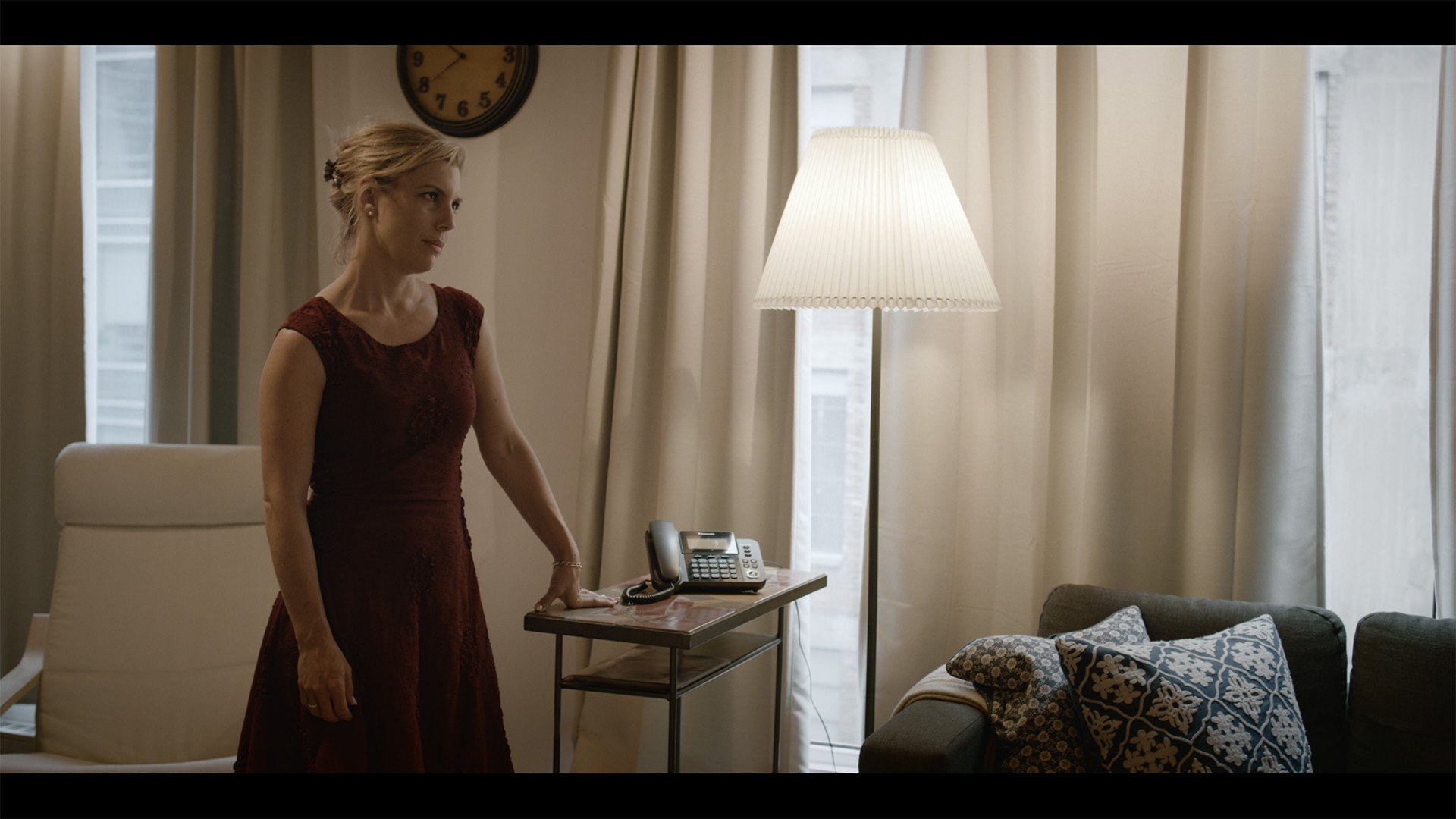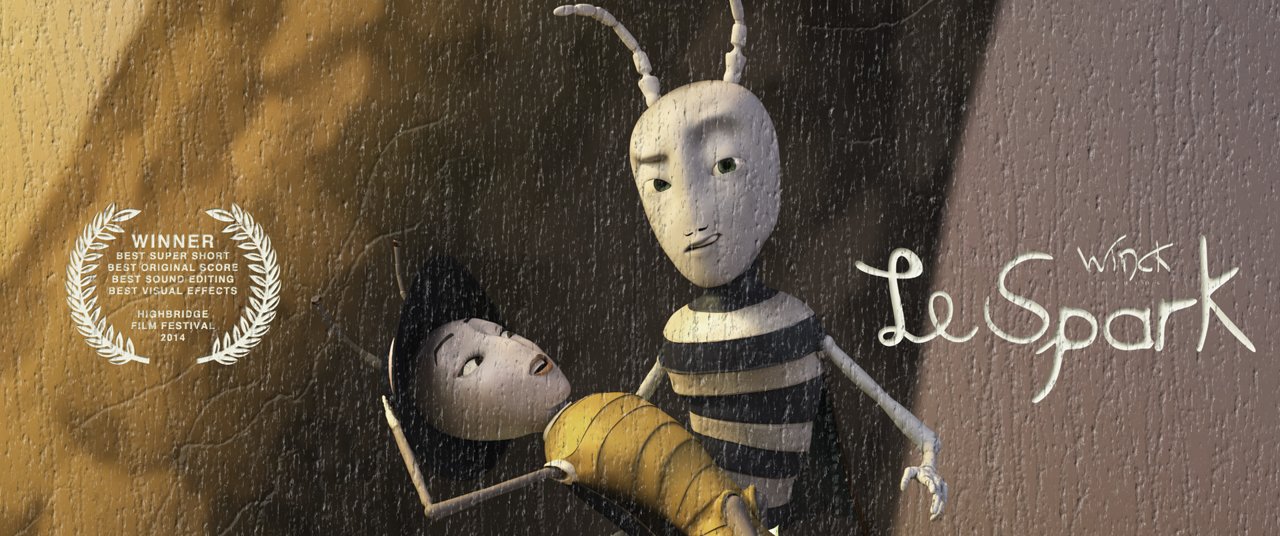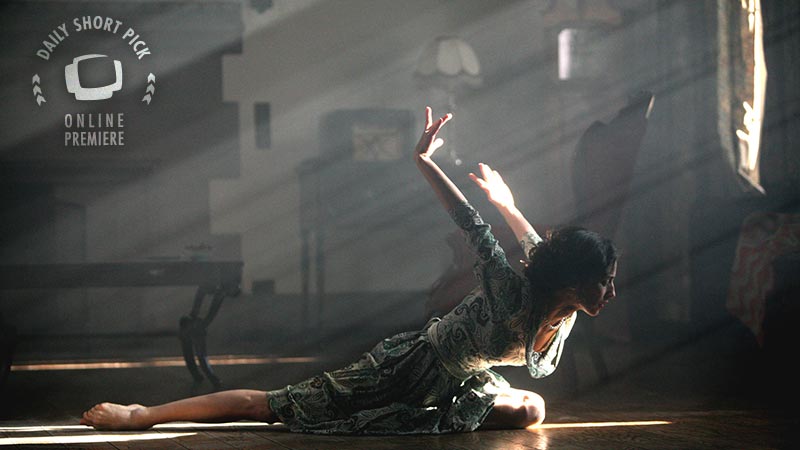Sofia, a marketing specialist, a superwoman in a man’s world is trapped in an episode of her stressful daily life.
Sofia, a marketing specialist, a superwoman in a man’s world is trapped in an episode of her stressful life, overlooking herself until she hits a wall. The film sets up a parallel between Sofia’s life and the climate change problems, initiated through the denial of her soul for the benefit of our mass consumption society.

Welcome Alain, can you tell us a little about yourself and what drove you to become a filmmaker?
I see myself as an idealist. I believe that cinema can change our world and that filmmakers have a responsibility to nurture change through sharing their own vision. Cinema is an art form involving multiple facets. I was initially fascinated by storytelling and photography. Recently, I am more captivated by the world of actors and mise-en-scène. I also appreciate the complexity of this medium.
Can you tell us about the inspiration behind the parallel between Sofia’s personal life and the issue of climate change in the film?
As citizens, we are immersed in a reality where climate change is becoming a major problem. This reality is increasingly present in the media surrounding us. The irony is that, although we are caught in the middle of a crisis, we tend to dissociate ourselves from the consequences. Globally, we do very little to change the situation. The idea behind the film was to show a character, Sofia, trapped in the middle of her hectic daily life, repressing herself for the benefits of a large corporation, ignoring the media signals and pretty much everything around her. The film is about people and the reality they create through their own choices, or lack of choices.
How did you approach portraying Sofia as a marketing specialist in a male-dominated industry? What challenges did she face, and how did it contribute to her overall journey in the film?
Sofia is portrayed as the “right hand” of a senior male manager. She is an extremely efficient and reliable person, working in a male-dominated and pressured industry. In the film, no matter the difficulty of the challenge, Sofia says “Yes”. Even when demands are abusive and don’t make sense, she is there, trustworthy. Sofia is the type of person that makes everything work at the office. The side effect, for someone behaving like Sofia, is that a time will come when the person can’t repress their emotions anymore. This is burnout.

How did you use visual storytelling techniques to convey Sofia’s stress and overwhelming feelings in her life?
Visual storytelling techniques were used to convey Sofia’s stress by applying varying camera angles and shot sizes when Sofia is stuck in a traffic jam, as an example, and by combining these techniques with the use of a Dutch angle as she is rehearsing her presentation. We also used a steadycam to follow Sofia and capture hectic moments, such as when she receives a phone call from her boss. Besides the use of visual storytelling techniques, the sound mix (including music) plays a major role in supporting Sofia’s state of mind and when immersing the viewer in the realm of her dream.
Sofia hits a wall in her life, which seems to be a turning point for her character. How did you capture this moment and its impact on her personal growth?
I knew that the film ending could reach another level based on the capacity of our lead actress to break. For this moment, we relied on the talent and the focus of Véronique Gallant, the actress. We shot this scene at the end of our longest day of filming. We did not rehearse the scene. I was expecting high quality acting, and we would take it from there. Our actress prepared herself in the middle of a silent film stage. You could hear the sound of the carpet, if that is possible. She did two takes. It was amazing. As far as its impact on Sofia’s personal growth, it is up to Sofia and up to the public to decide.

Can you discuss the role of symbolism in the film, particularly regarding the representation of mass consumption society and its impact on both Sofia and the environment?
Symbolism is an important aspect in the film. It begins with Sofia’s lifestyle expressed through production design, Sofia’s costumes, the objects she carries in a shopping bag, and commercials that are seen on Sofia’s flat screen TV. Most importantly, these symbols crystalize when Sofia falls asleep, in a dream sequence. Objects that exist in Sofia’s world, such as a convertible car, then appear in flash moments as the weather transforms from refreshing to scorching, as water transforms into sand, as fertile soil becomes a desertscape, with Sofia ending, thirsty, in the middle of her garbage at the most apocalyptical moment. Sofia’s dream is designed to act as a symbolic, emotional, and metaphorical representation of her reality.
What message or takeaway do you hope viewers will have after watching “Le Choix de Sofia” (One Last Thing)?
I simply hope that viewers have a good time watching the film and can connect with a deeper reality that is so important.
Who are your favorite Québécois filmmakers?
For feature films, I am a fan of the work of Jean-Marc Vallée, Denis Villeneuve, Sophie Deraspe and Anne Émond, to name a few.
What are your favorite short films?
For Québec short films, I very much enjoyed the following films: FAUVE by Jérémy Comte, FRIMAS by Marianne Farley, LIKE THE ONES I USED TO KNOW by Annie St-Pierre and CAYENNE by Simon Gionet. Internationally, I am a fan of DA YIE by Anthony Nti and THE NEIGHBORS’ WINDOW by Marshal Curry.



